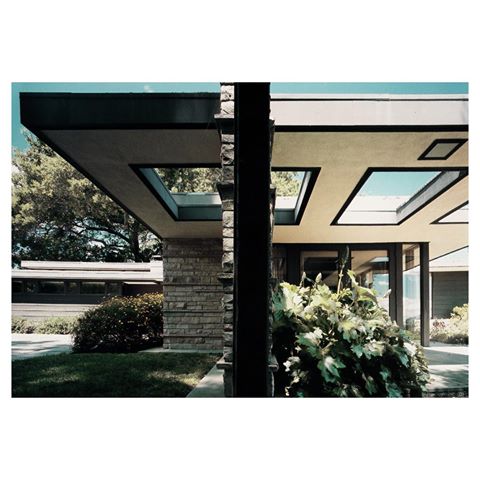Fred & Lois Langhorst: A largely overlooked mid-century practice that produced noteworthy projects, earned a place in the history of Bay Area architecture, and remains a cautionary tale for the profession.
Langhorst Residence, 1947
Lafayette, California
Lois' story, borrowed generously from Alan Hess' book Forgotten Modern: California Houses 1940-1970:
Fred Langhorst, originally from Oak Park, Illinois was a Taliesin apprentice from 1931 to 1936. Following his apprenticeship, Langhorst moved to Los Angeles, then San Francisco, where he developed his own practice. He married Lois Wilson in 1939.
Lois (Wilson) Langhorst was a native of Kiowa, Oklahoma, and a graduate of the University of Oklahoma with degrees in architecture and sociology. She also earned a masters degree in architecture from MIT in 1940. In spite of her credentials, Lois Langhorst was not permitted to work in the prominent Bay Area office of William Worchester, as Wurster feared that the mere presence of a woman in an architectural studio would damage the fragile esprit de corps of his all-male staff.
Lois and Fred opened an office together in 1942, as equal partners, but because Lois was not licensed until 1948, Fred was often credited as architect of record. When Fred was unable to work due to his alcoholism, Lois ran the practice.
Fred maintained his relationship with Frank Loyd Wright through the years, and that relationship is evident in the work. Lois' affinity for fellow Oklahoman Bruce Goff made her sympathetic to the values of organic architecture. Their 1947 residence in Lafayette is typically Usonian, with its sweeping horizontal planes, but without the ornament typical in Wright's work.
Langhorst Residence, 1947
Lafayette, California
Regardless of her skills as a designer and her ability to manage an architecture firm, Lois continued her work, against the prevailing current of sexism within the male-dominated profession of the era. The couple closed their practice in 1950, as they struggled with problems in their marriage, no doubt exacerbated by Fred, who took credit for one of Lois' prize-winning designs. The couple divorced in 1955.
Lois continued to work in the Bay Area through the early 1960s. She also earned a degree in architectural history at Harvard and taught at the University of California at Berkeley. However, she was denied tenure at Cal and later would be "unwillingly retired" from the University of North Carolina. She passed away in 1989.
Following their divorce, Fred Langhorst attempted to re-establish his office without Lois, but ultimately failed.
Interestingly, Lois is credited with the enduring design innovation of the kitchen island. Regardless of her ubiquitous contribution to residential design, the life and work of Lois Langhorst remains a shameful tale of the failure of the architectural profession to take up its appropriate leadership role in society.
Page from 1946 "California Plan Book" crediting Fredrick Langhorst as "Architect" and relegating Lois Langhorst as "Associate."


